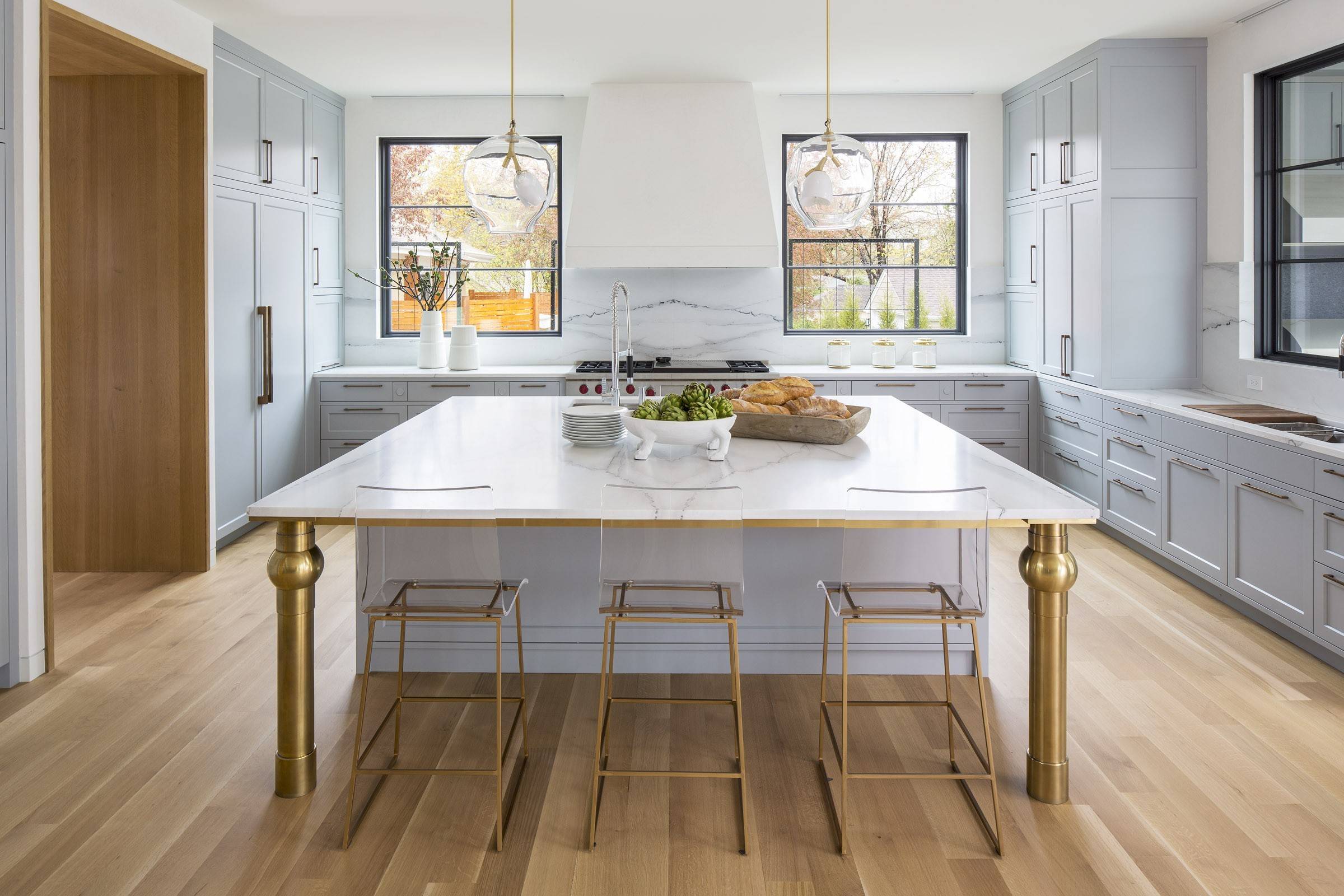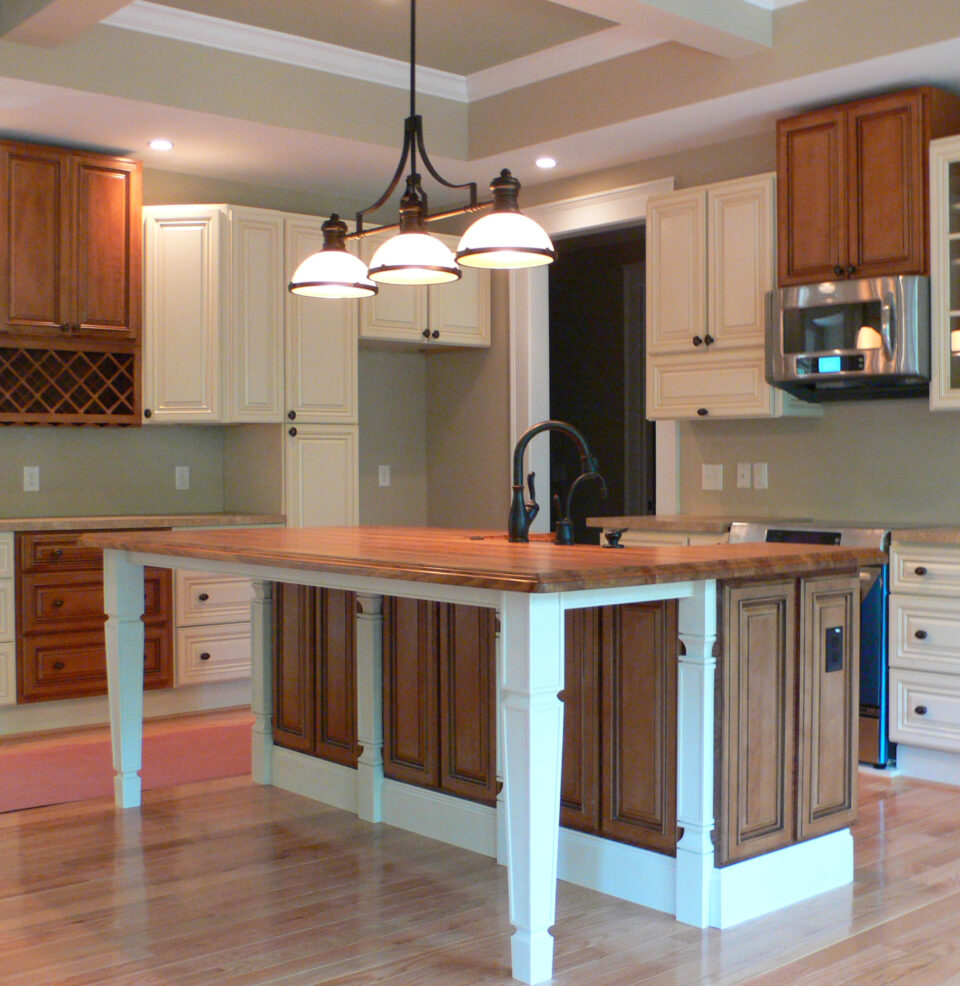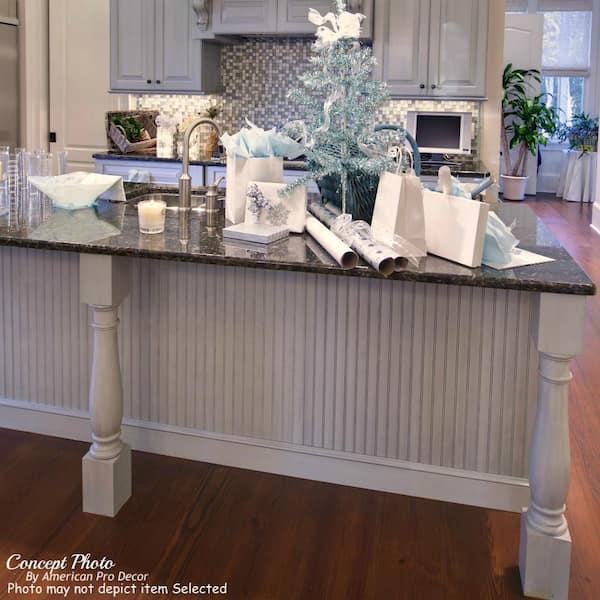Transform Your Kitchen with Beautiful Kitchen Island Legs
Transform Your Kitchen with Beautiful Kitchen Island Legs
Blog Article
Crucial Tips for Picking the Perfect Dining Table for Your Kitchen
Selecting the excellent eating table for your cooking area is more than just a matter of preference; it demands an extensive understanding of your room and requirements. Begin by measuring your available space to ensure adequate clearance for activity. The shape of the table plays a critical role; while rectangle-shaped tables suit bigger locations, round ones foster intimacy, and extendable alternatives use flexibility. Material option is equally essential, with woods giving longevity and glass loaning a contemporary touch. Lastly, the table ought to harmonize with your cooking area's visual appeals and accommodate your family members pleasantly. What other factors might affect this essential choice?
Measure Your Room
Choosing the excellent table begins with a thorough assessment of your offered area. This foundational step ensures that the table not just fits conveniently within the space yet also complements the total design and capability of your dining location. Begin by gauging the dimensions of the room, considering doorways, home windows, and any existing furniture. This will assist you determine the maximum allowable dimension for your eating table.
It is important to leave appropriate space for chairs to be drawn out and for people to move around the table without blockage. A basic guideline of thumb is to allow at least 36 inches of clearance from the edge of the table to the closest wall or item of furniture.
In addition, believe concerning the number of individuals you normally delight and whether you need added space for visitors. Choosing for an extendable table can offer flexibility, permitting you to accommodate varying numbers of diners. By properly measuring your room, you prepared for selecting a table that enhances both the looks and capability of your eating location.
Select the Right Shape

On the various other hand, round tables are superb for smaller kitchen areas or intimate celebrations, as they advertise conversation by allowing every person to face each other. They likewise give a sense of coziness and can fit well in tighter rooms due to their lack of sharp corners. Oval tables provide the finest of both worlds, integrating the size of rectangle-shaped tables with the intimacy of round ones, making them versatile for numerous settings.
Square tables are another alternative, especially matched for square-shaped rooms. They create a balanced and modern-day appearance, promoting an equivalent eating experience for all seated. Nevertheless, they might be less useful for larger gatherings unless they come with expansions. Eventually, the form you choose should align with your room measurements and way of life to guarantee both form and feature.
Product Considerations
When picking a table, material factors to consider are critical in establishing the table's longevity, maintenance needs, and total aesthetic. Wood is a classic selection, providing classic charm and effectiveness. Hardwoods like mahogany, oak, and walnut are especially sturdy, though they can be expensive. kitchen island legs. Softwoods, such as want, are much more budget-friendly yet may be prone to scratches and dents.
Glass-topped tables provide a modern-day, streamlined look and can make a space appear bigger as a result of their openness. However, they require regular cleansing to protect against fingerprints and smudges. Additionally, tempered glass is suggested for its extra toughness and safety.

Finally, composite products like MDF (Medium-Density Fiberboard) or plywood are budget-friendly options. These materials can mimic the appearance of solid wood but might not supply the very same long life. They are usually easier to clean yet can be at risk to water damages this link if not correctly sealed.
Inevitably, the selection of product ought to align with your kitchen's design, your way of life requires, and your spending plan restrictions. (kitchen island legs)
Seating Ability and Convenience
How do you determine the appropriate seating capability and convenience for your dining table? For a household of 4, a rectangle-shaped table of 48 inches long or a round table with a 48-inch diameter is normally sufficient.
The elevation of the table must preferably be around 30 inches, providing a balanced ergonomic stance for seated diners. Chairs should have a seat height of 18 to 20 inches to make sure a comfy eating pose.
Design and Aesthetic Appeal
Choosing an eating table that fits your design and appearance entails stabilizing individual taste with the existing decoration of your eating area. The eating table is commonly the focal point of the kitchen area, and its style ought to complement the total motif of the area. Whether your cooking area flaunts a contemporary, minimalist look or a rustic, farmhouse beauty, the table you select need to integrate with these aspects to produce a cohesive and welcoming ambience.
Consider products meticulously; timber uses a timeless appeal and can range from rich mahogany for a traditional seek to lighter oak for a modern feel. Steel and glass tables, on the other hand, can present a sleek, industrial edge to your kitchen area. Don't overlook the table's form-- rectangular tables are versatile and timeless, while round and oval alternatives can promote a more intimate eating experience.
In addition, pay close interest to coatings and details. A troubled coating may include character and heat, whereas a glossy surface area can contribute to a clean, modern-day aesthetic. Inevitably, your dining table must not only in shape perfectly into your cooking area's design yet also show your individual style, read this boosting the space both functionally and aesthetically.
Conclusion
In verdict, choosing the perfect dining table for a kitchen area demands careful assessment of room, form, product, seating ability, and visual harmony. Eventually, an appropriate eating table cultivates a welcoming atmosphere and accommodates the home easily, hence improving investigate this site the dining experience.

When picking an eating table, material considerations are extremely important in determining the table's sturdiness, maintenance requirements, and overall visual. For a family members of four, a rectangular table of 48 inches long or a round table with a 48-inch size is generally adequate.
Don't overlook the table's form-- rectangular tables are traditional and versatile, while round and oblong alternatives can promote a much more intimate dining experience. kitchen island legs.
Report this page